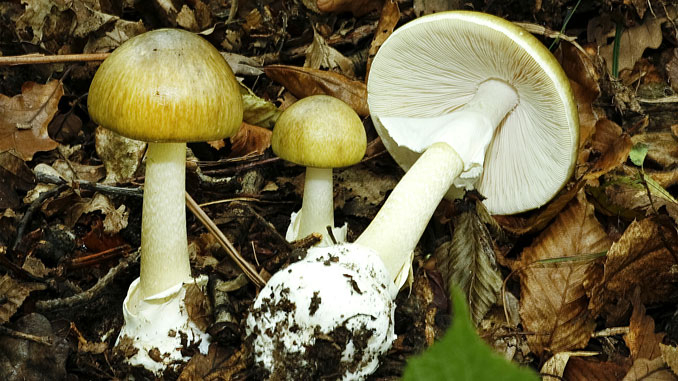
Cherries have come and gone, asparagus has had its day, and tomatoes are winding down for the summer, but mushroom season is just getting started. “Some of the mushrooms are going to show up in the fall,” says Michael Sampson, President of Sacramento Area Mushroomers (SAM). He explains that many Northern California mushrooms like the shoulder seasons when there’s some moisture in the soil and the temperatures are mild. “You can find them along streams just about year-round, but mushrooms are seasonal.”
This is what to look for — and what to avoid — in Northern California this mushroom season.
Morels
Morchella rufobrunnea, Morchella americana, Morchella snyderi, and more
While they can be elusive, morels are extremely hard to misidentify. Look for the honeycomb-like cone in wood chips or pine needles in the fall and spring.
Pair with wild game, turn them into a hearty pasta sauce, or bread them and fry them.
Shaggy Mane
Coprinus comatus
The shaggy mane’s long season makes it a staple for local foragers. Expect to find it in the fall and again in the spring after a short winter hiatus. It will grow anywhere from lawns to rocky soil. They are easily identified by their conical, peeling, or scaly-looking cap.
Oyster Mushroom
Pleurotus ostreatus
Celebrated around the world for their savory flavor and delicate texture, you can often find oyster mushrooms growing in deciduous trees (like cottonwood and maple) or downed logs after the first rains of the season and all the way through spring. If the valley temperatures are too high, you can start your hunt in the foothills.
WARNING:
Death Cap
Amanita phalloides
All you need to know about these mushrooms is in the name: the death cap is one of the most poisonous mushrooms in the world and foragers need to know how to identify it so they can stay clear. Watch out for:
- A white cap with a green or yellow tint
- An ammonia-like smell
- A very round cap on young mushrooms
- A flatter, three- to six-inch diameter mature cap

